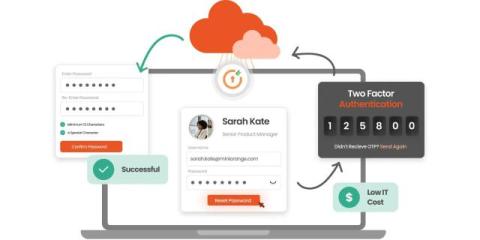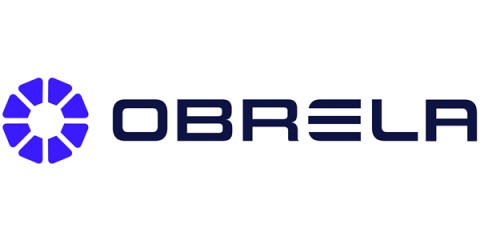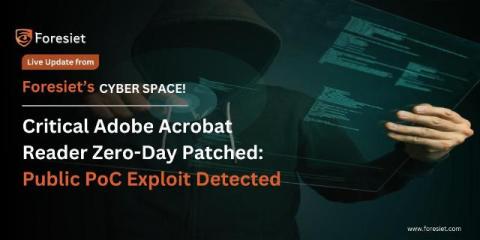CEL and Kubescape: transforming Kubernetes admission control
Admission control is a crucial part of the Kubernetes security, enabling the approval or modification of API objects as they are submitted to the server. It allows administrators to enforce business logic or policies on what objects can be admitted into a cluster. Kubernetes RBAC is a scalable authorization mechanism, but lacks the fine grained control over different Kubernetes objects. This creates the need for another layer of control which is Admission Policies.











